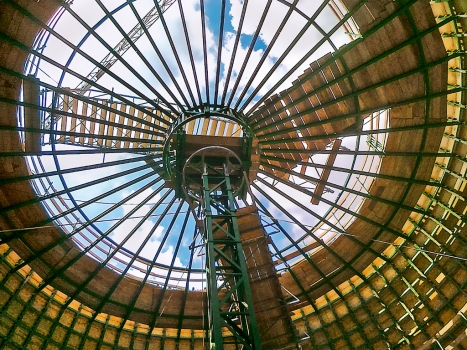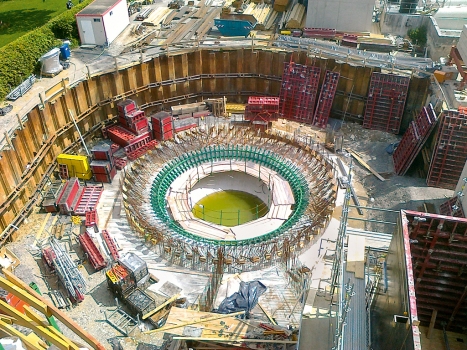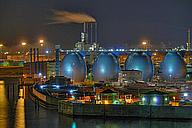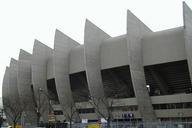New digesters for the Wuerzburg sewage plant
With a catchment area of approx. 269 km², the waste water treatment plant in Wuerzburg is one of the largest purification plants in Bavaria, Germany. Until recently, the sludge was treated in two 1,700 m³ capacity egg-shaped digester tanks that were built in the 1960's.
Media
In these tanks, the sludge was coagulated through the fermentation of bacteria, which considerably reduced the volume of residual sludge. Per year, the Wuerzburg sewage plant produced approx. 27,000 t of dewatered sludge. Due to the limited capacity of the plant, just under half of the sludge that was produced could be digested. Consequently, the decision was made to construct two new digesters with an additional volume of 5,000 m³ each.
2,200,000 kWh more energy per year
Thanks to the new tanks, all of the sludge will be completely digested in the future, and gas production will rise by approx. 2,500-3,000 m³ per day. The sewage plant will therefore produce 2,200,000 kWh more energy per year than before.
The two new digesters were built while the plant was in operation. The tank foundations consist of hopper walls with reinforced concrete floors. The digesters were built using cast-in place and prestressed concrete. Three different kinds of strand post-tensioning systems were used for this purpose.
Three different kinds of strand post-tensioning systems were used
In the relatively vertical areas of the walls, DSI Koenigsbrunn employees installed mainly ring tendons and loops. Per digester, 70 bonded Z Tendons with a tendon weight of 32.6 t were used for circumferential post-tensioning. Eighteen strand tendons with a weight of 9.6 t were used as loops. In the predominantly horizontal areas in the lower part at the floor of the egg-shaped tanks, 30 strand tendons with a weight of 5.2 t were used for post-tensioning. All of the post-tensioning tendons that were supplied consist of St 1660/1860 strand.
Due to the very limited space conditions, the placing of the ducts for the tendons proved to be difficult. The prestressing steel was pushed in after the ducts had been placed. Despite the limited space in the reinforcement, the loops were successfully pushed in within the predetermined schedule.
Structure Types
- About this
data sheet - Product-ID
7405 - Published on:
22/07/2016 - Last updated on:
17/11/2021






